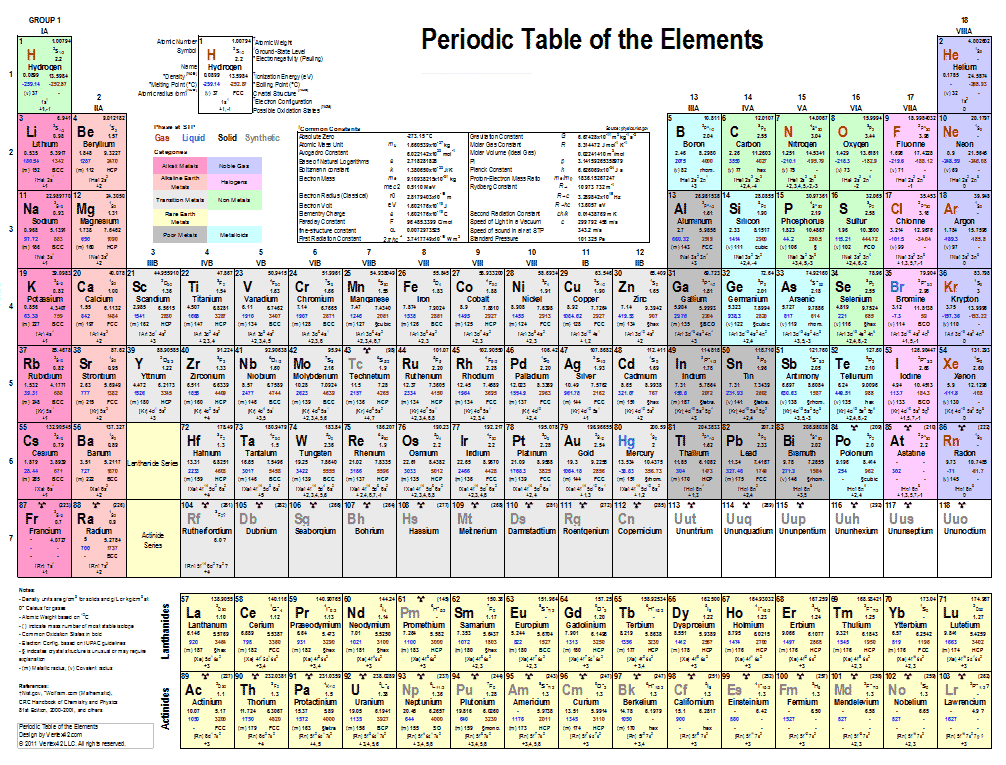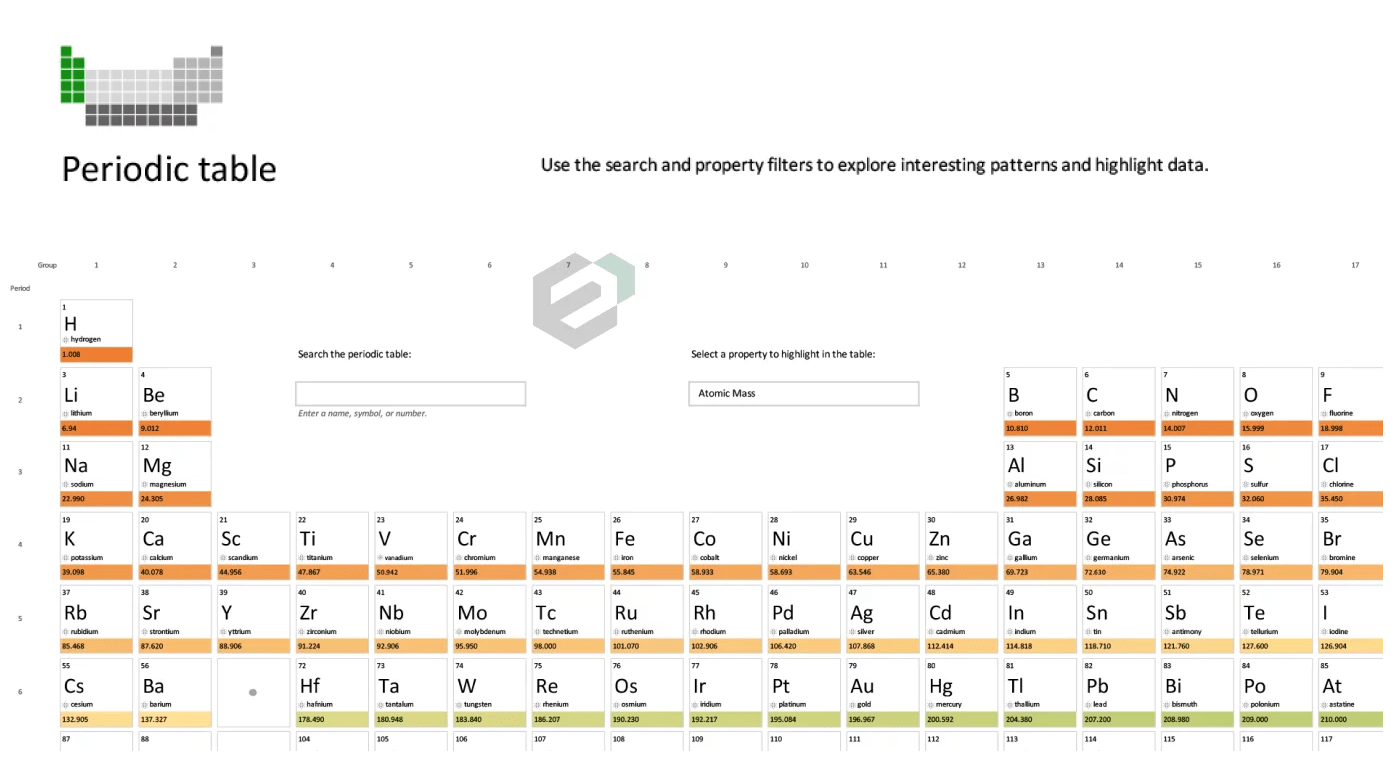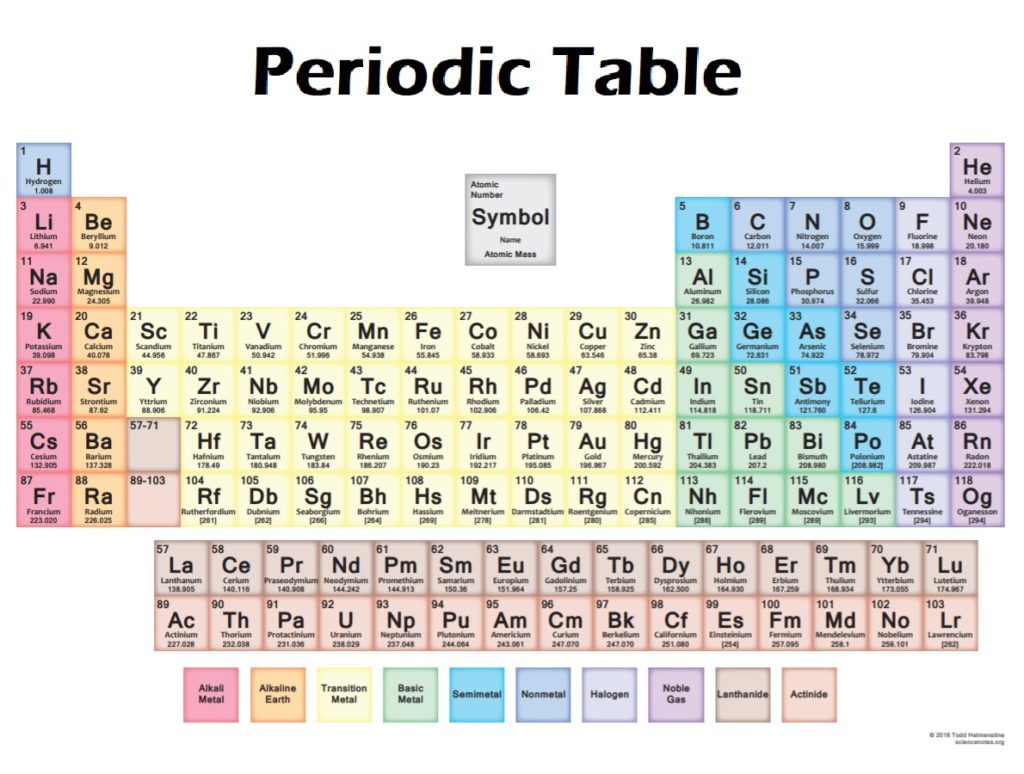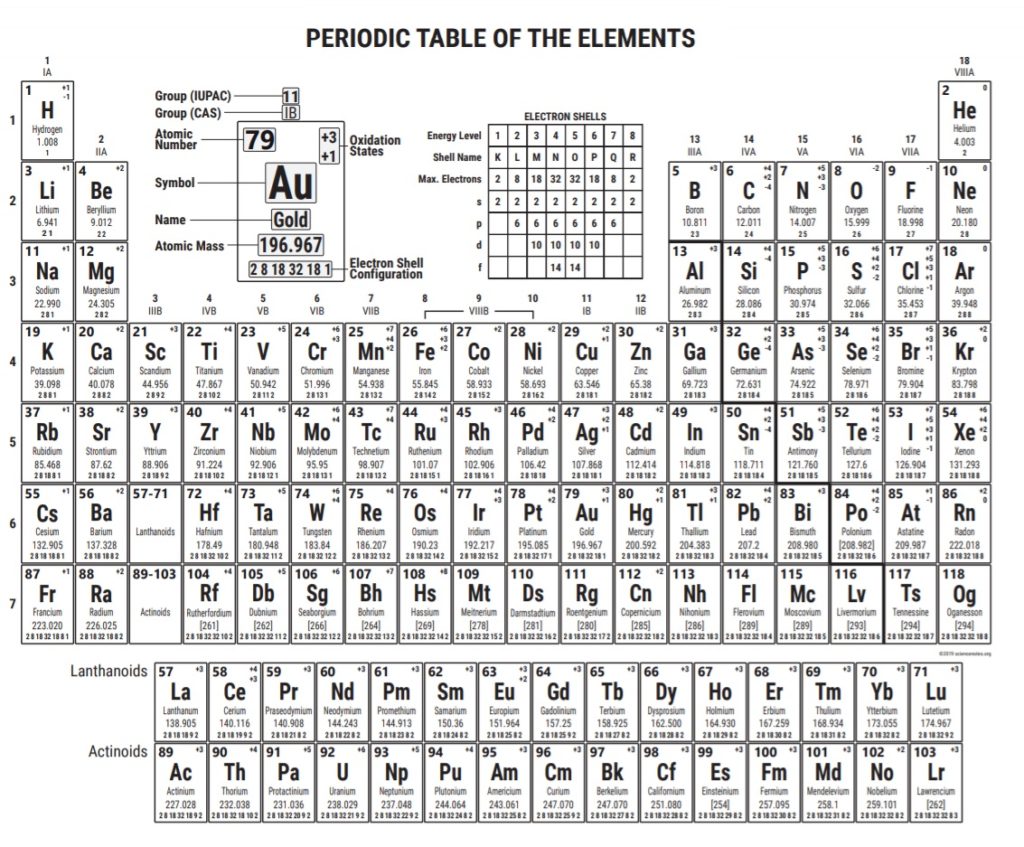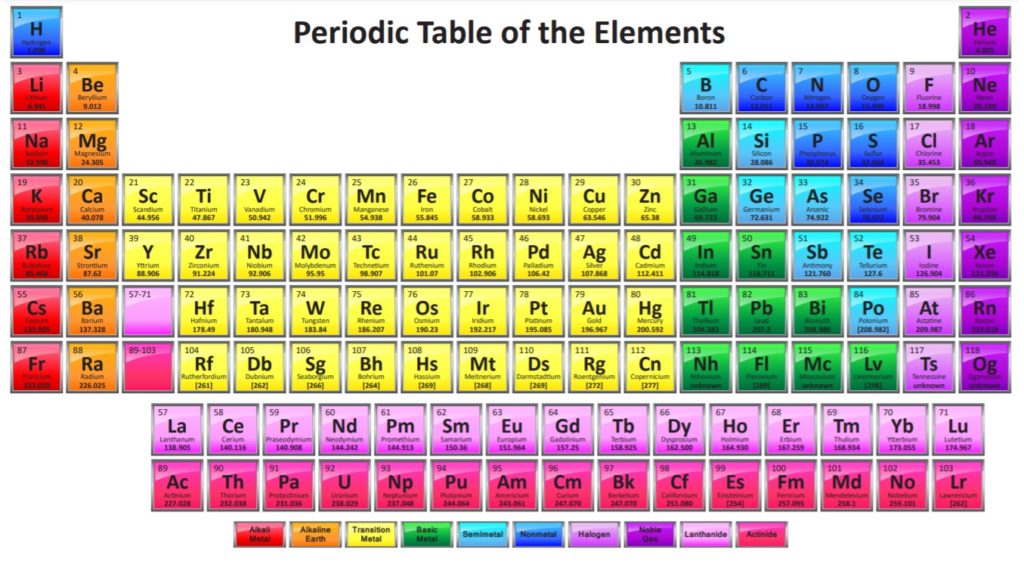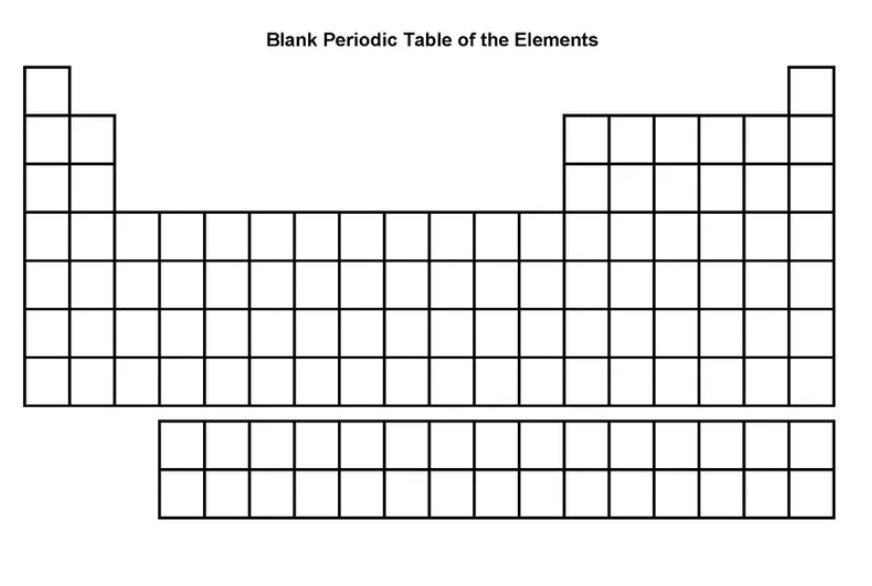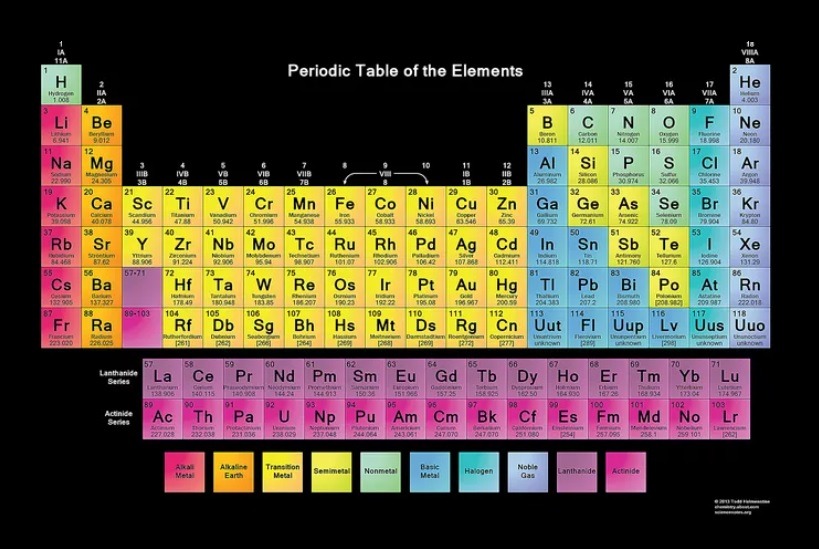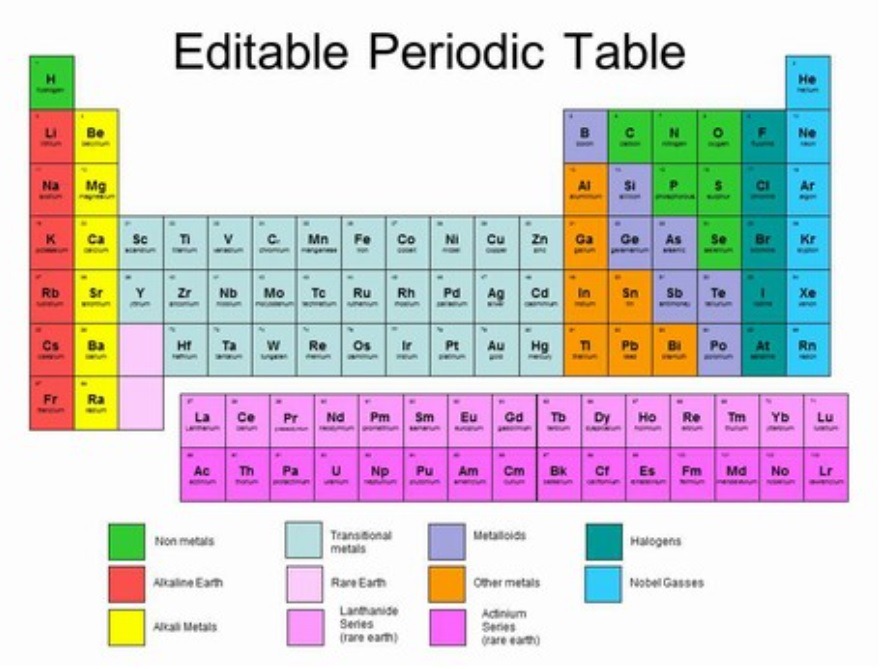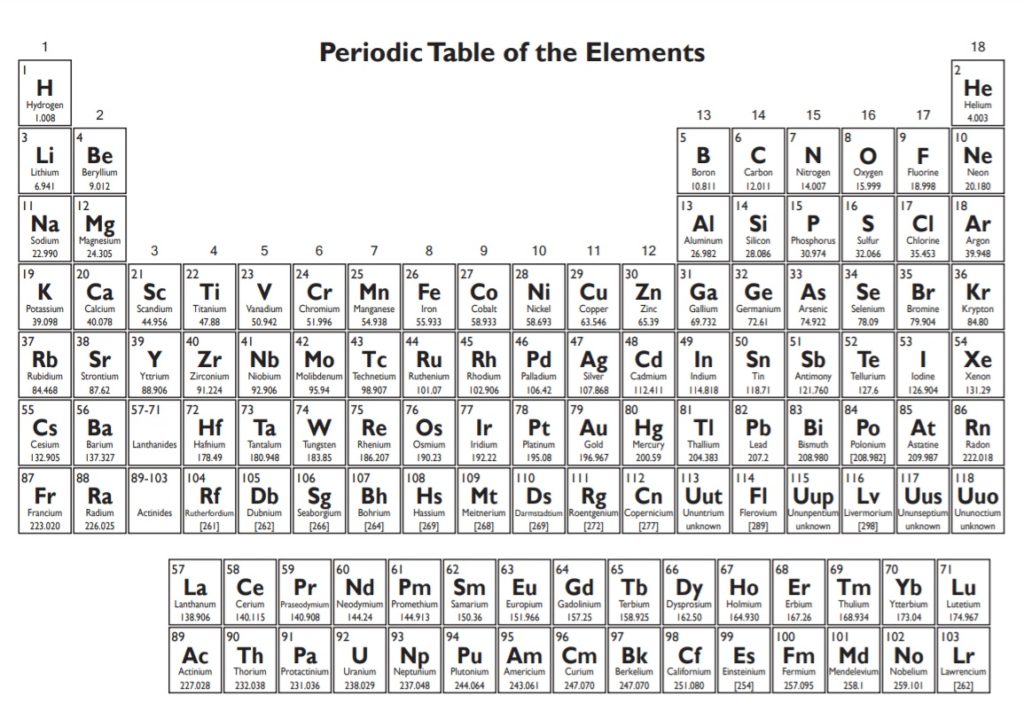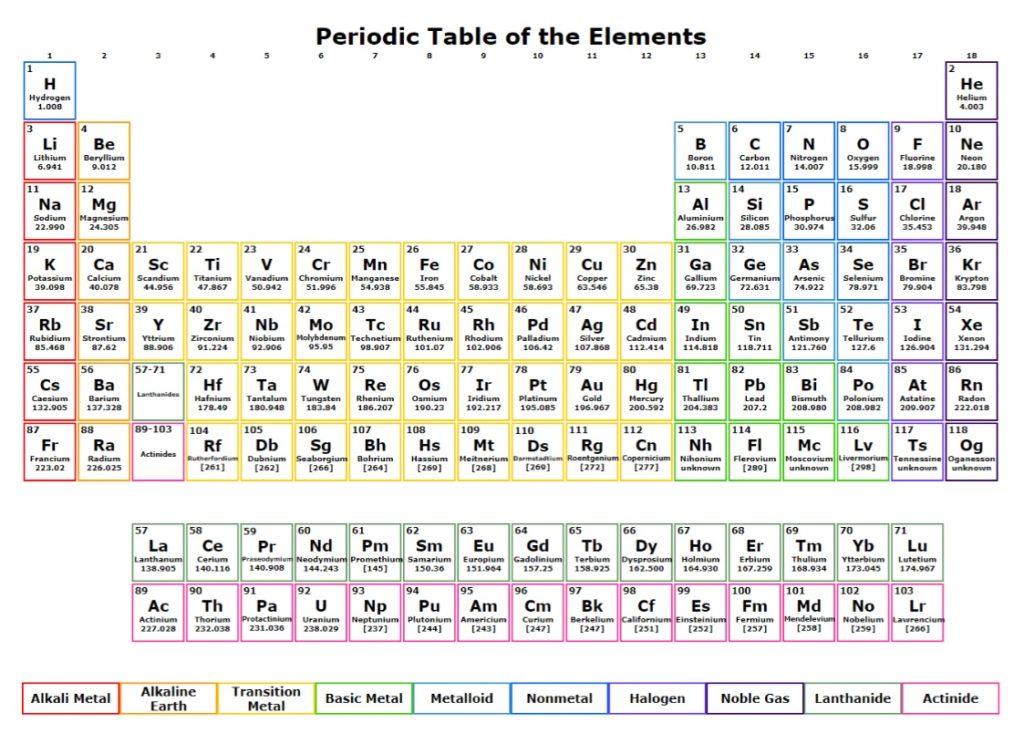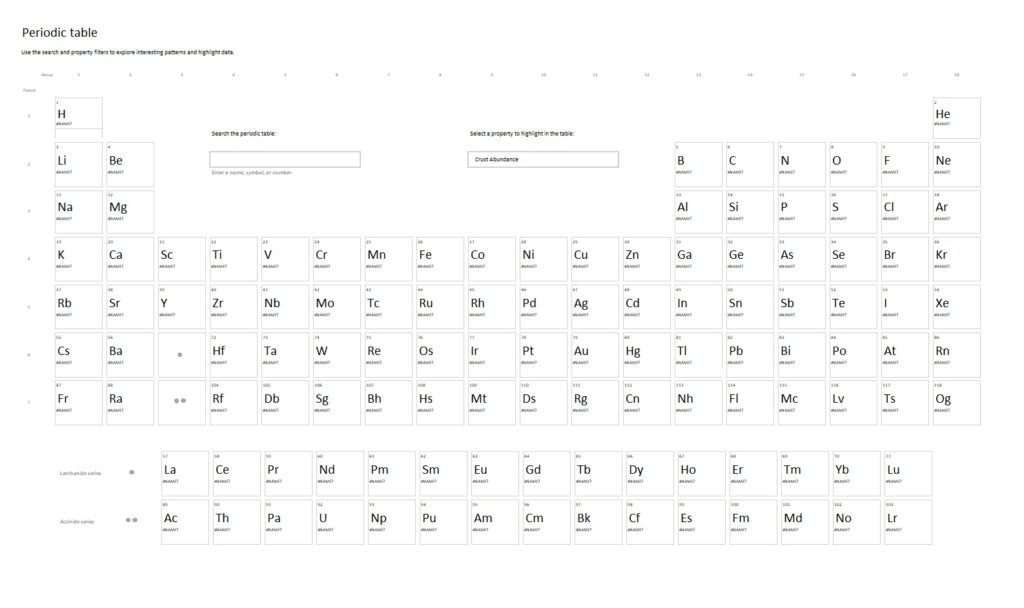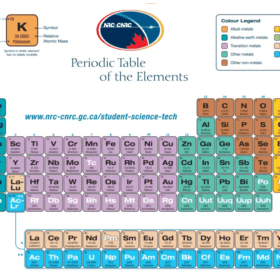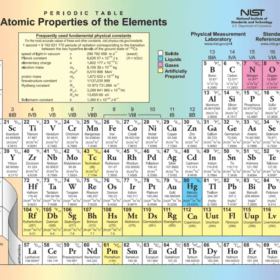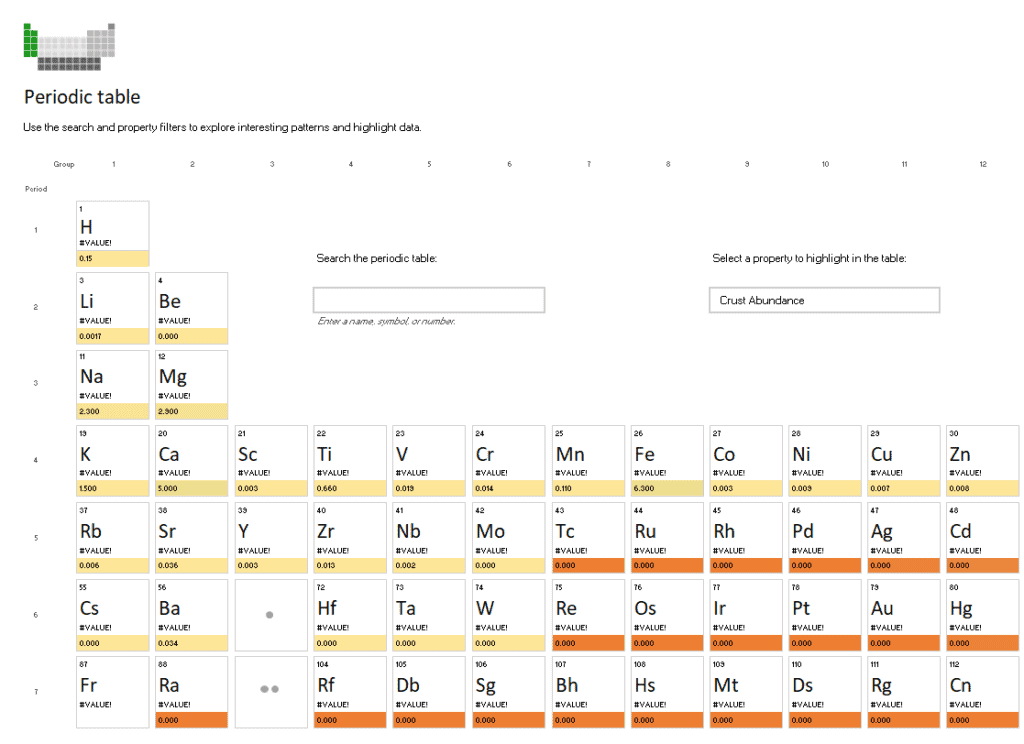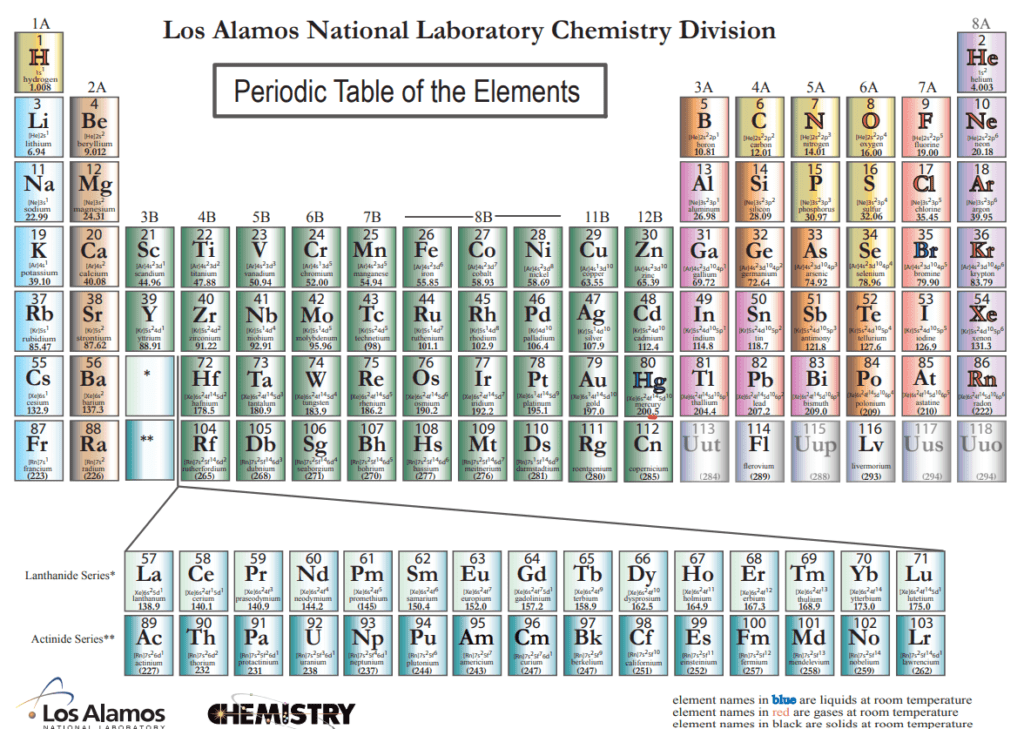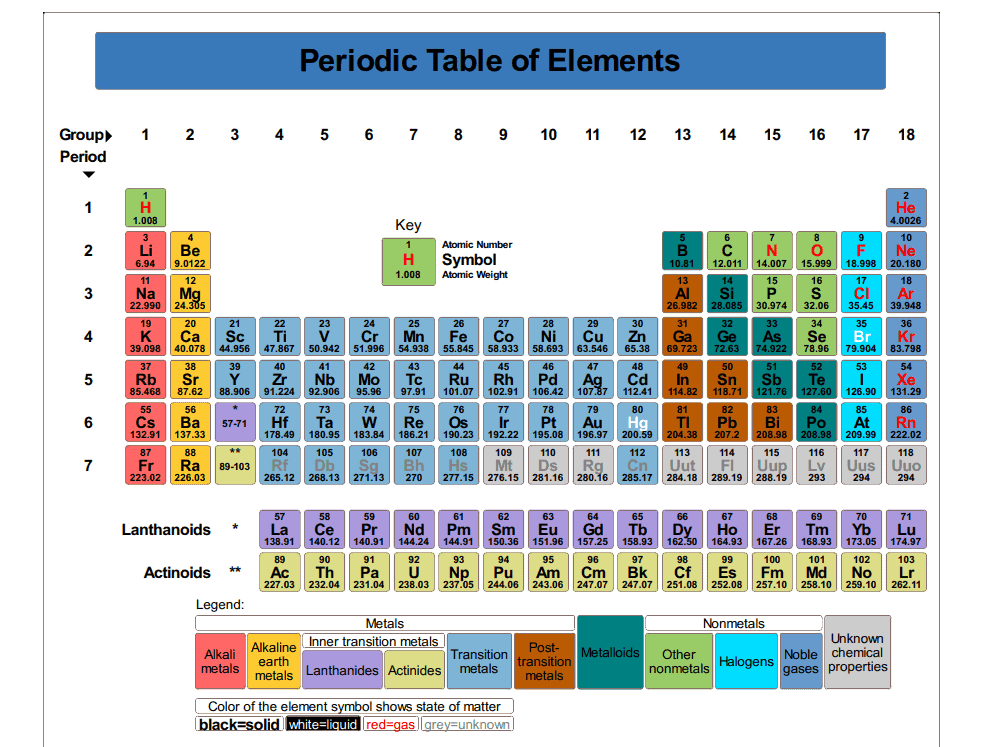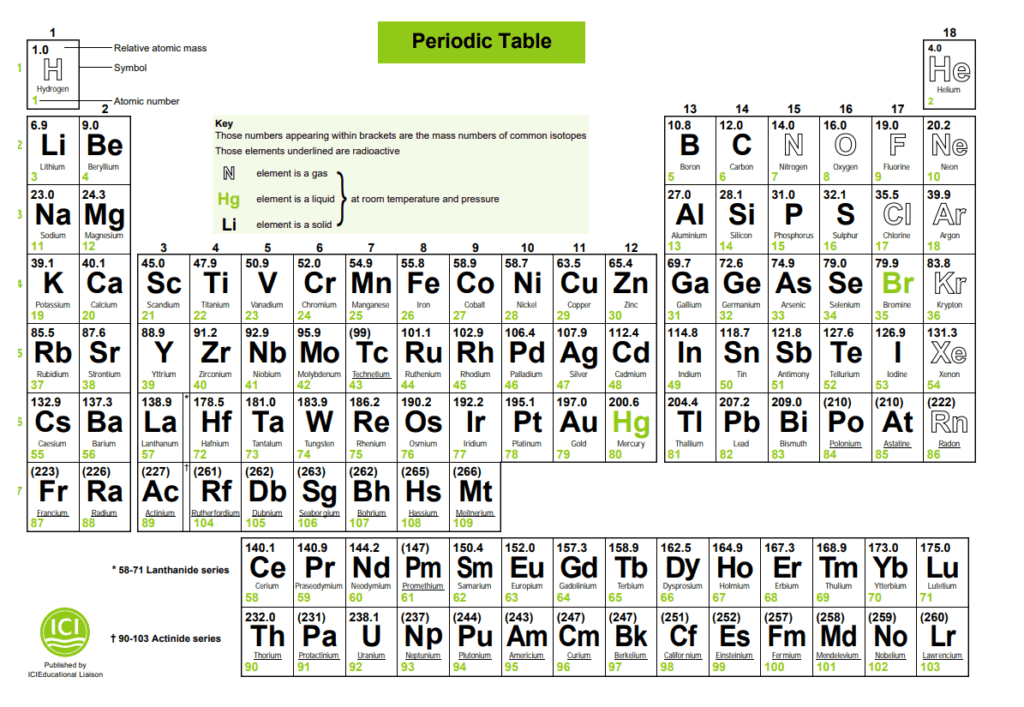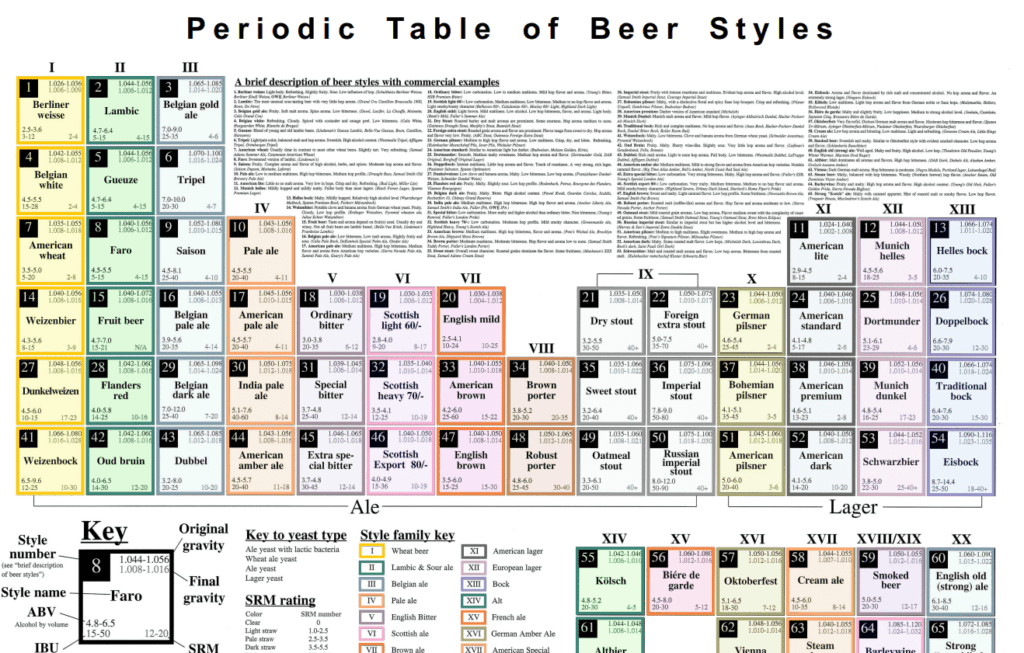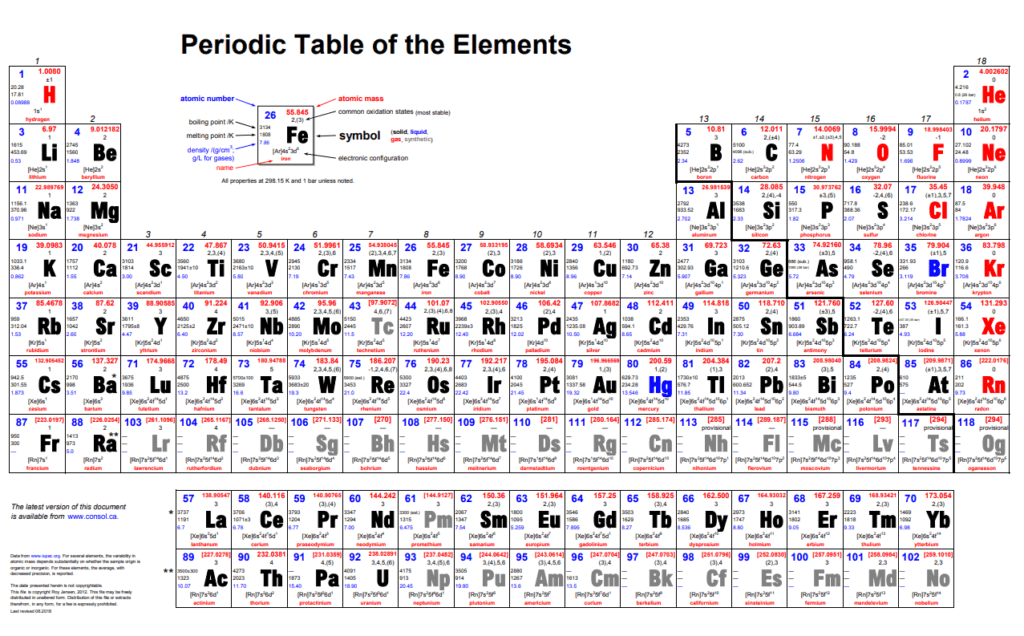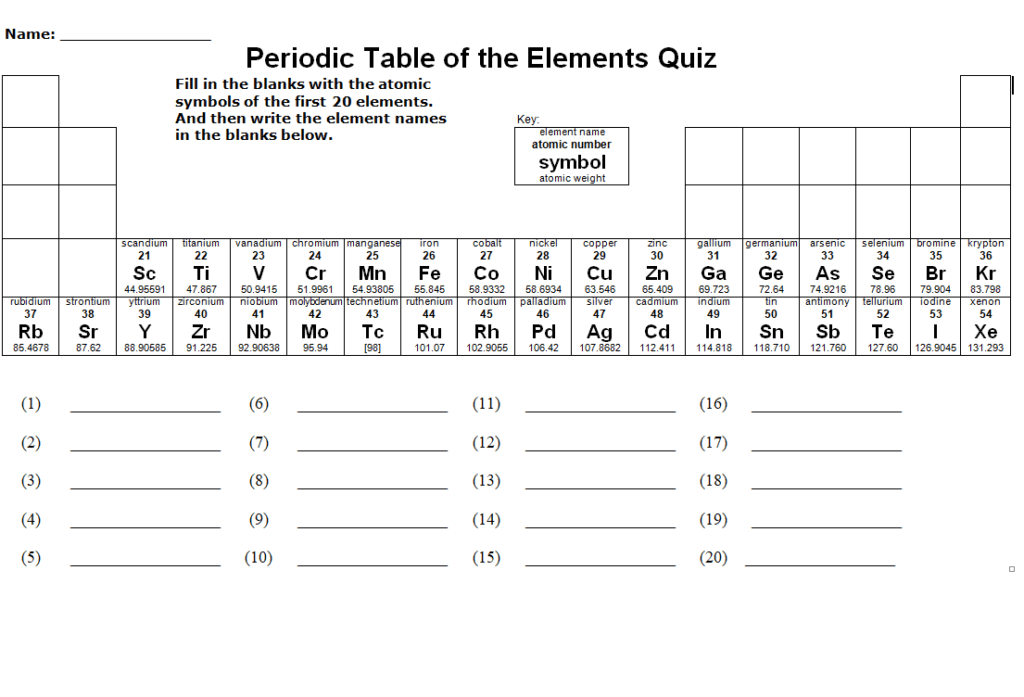A periodic table of elements template refers to a periodic table which can be used to understand the table of elements. The periodic table, otherwise called the periodic table of elements, is a showcase of the compound elements in a tabular form, which are organized by electron configuration, atomic number, and repeating substance properties. The design of the table in which the elements are placed shows periodic patterns. The association of the periodic table can be utilized to infer connections between the different component properties, and furthermore to foresee substance properties and practices of unseen or recently blended elements. The modern day periodic table currently gives a useful system for investigating synthetic responses, and is broadly utilized in chemistry, atomic physical science and other branches of science.
Evolution of the Periodic Table of Elements:
Numerous researchers dealt with the issue of sorting out the elements, but Dmitri Mendeleev distributed his first form of the periodic table in 1869, and is frequently credited as its designer. From that point forward, the periodic table has advanced to reflect more than 150 years of logical turn of events and comprehension in chemistry and material science. The quick extension of substance information before long, requires arrangement in the order of compound information, on based in the organized writing of chemistry as well as the research facility expressions, by which chemistry is passed on as a living science, starting with one age of chemists, then onto the next.
The present day periodic table, normally alluded to as Mendeleev’s table, shows the obvious patterns in the substance properties of every component found on Earth. Today, with 118 referred elements, it is broadly viewed as perhaps the main accomplishment in science. There are various formats accessible for the periodic table, but the fundamental form and game plan for them is something very similar.
Importance of the Periodic Table of Elements:
The periodic table of elements is valuable for current understudies and researchers since it predicts the sorts of substance reactions that a specific component is probably going to take part in. Therefore, instead of remembering statistical data points for every component, understudies and researchers need just look at the table to find out much about the reactivity of a component, regardless of whether it is probably going to lead power, whether it is hard or delicate, and numerous different qualities.
Key Characteristics of the Periodic Table of Elements:
To sum up, the periodic table is significant on the grounds that it is coordinated to give a lot of data about elements and how they identify with each other in one simple to-utilize reference.
1. The table can be utilized to foresee the properties of elements, even those that have not yet been found.
2. Columns (groups) and rows (periods) show elements that offer comparable attributes.
3. The table makes patterns in component properties evident and straightforward.
4. The table gives significant data used to balance the chemical equations with ease.
